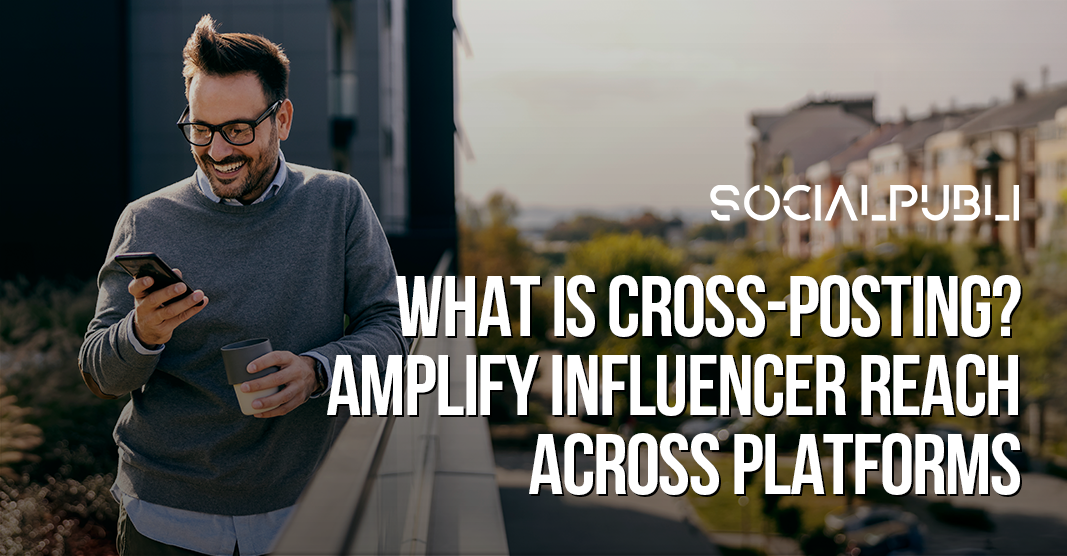Cross-posting is the practice of sharing the same or similar content across multiple social media platforms. This strategy is commonly utilized by marketers, influencers, and brands to maximize their reach and engagement, all while saving time on content creation. In this blog post, we will provide a comprehensive overview of cross-posting and its benefits.
Definition and Purpose
Cross-posting involves publishing identical or slightly modified content on different social media channels. The primary objectives of this approach include:
- Expanding audience reach
- Saving time on content creation
- Maintaining consistent messaging across platforms
- Increasing brand visibility
Benefits of Cross-Posting
The practice of cross-posting offers several advantages for brands and influencers alike:
- Time efficiency: Create content once and share it on multiple platforms.
- Wider reach: Connect with audiences across different social networks.
- Consistent brand messaging: Reinforce your message by repeating it on various channels.
- Improved content performance: Repurpose successful content to maximize its impact.
- Cost-effective: Reduces the need for platform-specific content creation.
Best Practices for Effective Cross-Posting
To make the most out of cross-posting, certain best practices should be followed:
- Tailor content for each platform: Adjust captions, hashtags, and visuals to suit each network’s unique characteristics.
- Use appropriate formatting: Ensure your content fits the ideal post length and format for each platform.
- Timing considerations: Schedule posts at optimal times for each network.
- Avoid overuse: Don’t cross-post every single piece of content to prevent audience fatigue.
- Track performance: Monitor engagement across platforms to refine your strategy.
Tools for Cross-Posting
Several social media management tools facilitate cross-posting, including:
- Buffer
- Hootsuite
- Sprout Social
- Later
These tools allow you to schedule and customize posts for multiple platforms from a single dashboard.
Challenges and Considerations
While cross-posting can be effective, there are challenges and considerations to keep in mind:
- Platform-specific features: Some content types may not translate well across all networks.
- Audience overlap: Consider how many followers you have on multiple platforms to avoid repetitive content.
- Algorithm impacts: Excessive cross-posting may affect your content’s performance in platform algorithms.
- Brand perception: Ensure cross-posted content maintains your brand voice and quality standards.
Cross-Posting for Influencers
Influencers can particularly benefit from cross-posting by:
- Expanding their reach to new audiences
- Maintaining engagement across multiple platforms
- Repurposing successful content for maximum impact
- Saving time on content creation for multiple channels
However, influencers should be mindful of platform-specific best practices and audience preferences when cross-posting.
In conclusion, cross-posting can be an effective strategy for amplifying reach and saving time, but it requires thoughtful implementation to maintain content quality and relevance across different social media platforms. For further insights, you can also check more articles on Social Publi’s Blog.












